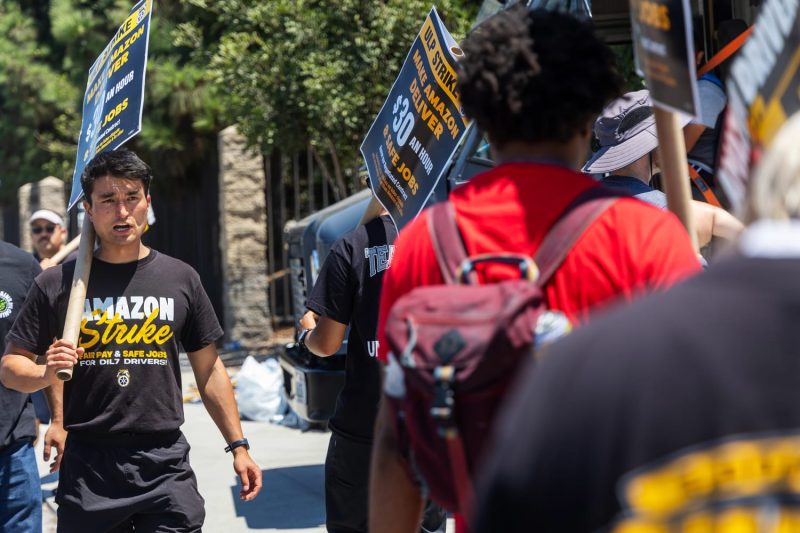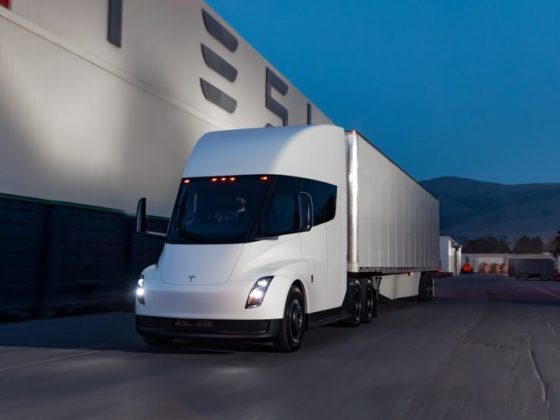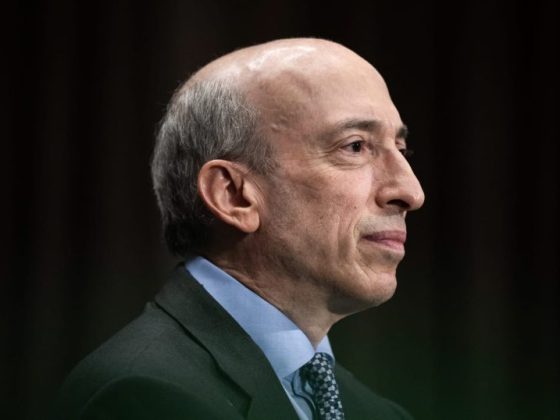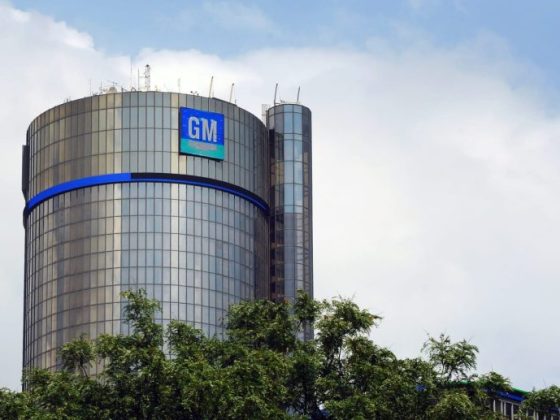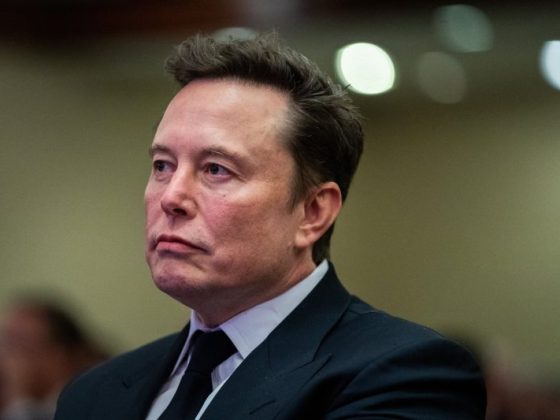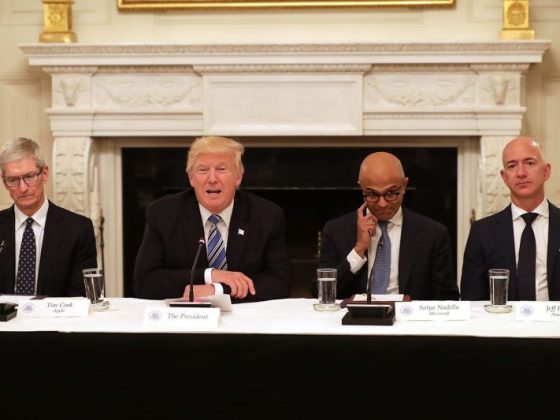Amid the escalating pressure from union activities, Amazon has taken a significant step to ameliorate the pay structure for its contract delivery workforce. This action seems to signal a concerted effort by the multinational technology company to cushion its employment profile and discourage unionization, a concept that has largely remained alien to the retail giant.
Demand for Amazon’s services has seen a tremendous surge during the pandemic with millions of people resorting to online shopping for their needs. Consequently, this has amplified the strain on Amazon’s delivery vehicle drivers. Typically, these drivers are employed through Delivery Service Partners (DSPs), a network of independent businesses that Amazon contracts to perform last-mile delivery.
Previously, the base pay for these delivery drivers was around $15 per hour. However, with the recent move, Amazon plans to roll out an increase of up to $3 extra per hour, depending upon the region. Amazon tagged this wage elevation as an earnings enhancement meant to ensure drivers are earning industry-competitive wages for their challenging job.
The decision to boost pay at a time of intensifying union pressures is hardly a coincidence. In recent years, Amazon has faced mounting criticism and labor unrest over its treatment of workers. Most recently, the company faced off against union formation efforts by warehouse employees in Bessemer, Alabama, and though it won the vote, the fight drew national attention to labor practices within the corporation.
Despite this victory, Amazon is not immune to the renewed wave of labor activism spreading across the United States, especially in the logistics and technology sectors. The higher wages for contract delivery drivers, thus, can also be seen as a strategic move to dissuade its workers from unionizing, a typically costly process for companies.
Yet, it can’t be ignored that Amazon’s wage hike is also a response to the tightened labor market. There is a significant demand for drivers nationwide due to the e-commerce boom, which has led to increased competition amongst businesses to recruit and retain such talent. Companies like UPS and FedEx have also been increasing wages and benefits to attract workers.
While a pay rise is undoubtedly a positive development for Amazon’s delivery workforce, critics argue it’s only a surface solution to underlying issues. They opine that the wage increase must be accompanied by improved working conditions, including reasonable targets, sufficient breaks, and respectful treatment from management.
Furthermore, critics within labor unions emphasize that improvements in pay should not deter employees from unionizing; rather, unions can secure long-term worker protections beyond merely a better wage. Union advocates argue for the necessity of collective bargaining to address the systemic issues within Amazon’s workplace culture.
This move by Amazon signals a recognition of the need to provide better pay packages for its delivery drivers, who are integral to the company’s vast distribution network. As union pressures continue to mount, it will be interesting to observe the corporate giant’s future actions in response to labor demands and unionization efforts. Whether this wage hike will quell unrest or ignite a bigger conversation around fair pay and workers’ rights remains to be seen.

